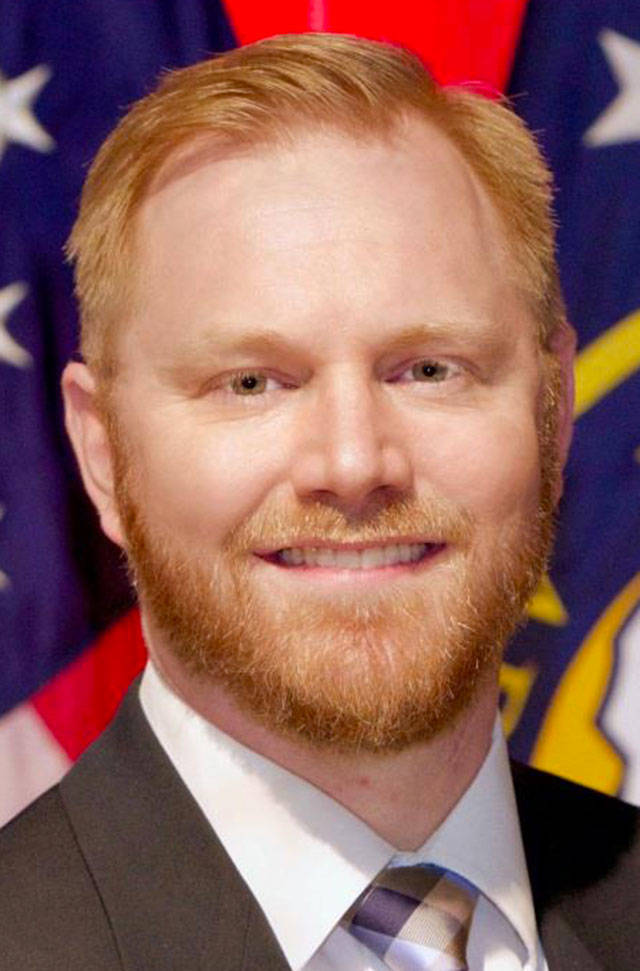By Jeremy Field, U.S. Small Business Administration (SBA)
When it comes to finding skilled workers to fill the estimated 7.5 million job openings in the U.S., small businesses are feeling the crunch. In today’s unprecedented booming economy, our region’s small employers are searching for qualified workers to fill the increasing amount of positions currently available.
So it’s no surprise the issue of workforce development is a top concern of small business owners. According to the April NFIB Jobs Report, the top items identified as business owners’ single most important business problem were difficulty finding qualified workers and hiring or trying to hire. In fact, 86 percent of those hiring or trying to hire reported few or no qualified applicants for the positions they were trying to fill.
Workforce development is a crucial topic in our country’s business community right now. It’s so important, President Trump established the National Council for the American Worker last year, something of which the U.S. Small Business Administration is proud to be a member.
As our agency meets with small businesses, community partners and local governments to discuss solutions for workforce development, one thing is very clear: collaboration and creativity are essential to solve the job gap.
That’s where the SBA sees an opportunity with makerspaces. According to the Nation of Makers, there are approximately 2,000 makerspaces in the U.S., making them accessible to urban and smaller communities alike.
Makerspaces are uniquely positioned to help increase workforce development for a variety of reasons: they focus on new paths for vocational and technical education, generate new apprenticeship opportunities, build new job skills, and boost jobs that provide a pathway into the middle class. And if that weren’t enough, they also fuel independent work and self-employment.
I recently had the opportunity to tour a local makerspace, and I saw the collaboration and creativity at work. I also got to see job training, innovation and business needs coming together in the same space.
I was inspired to see how a makerspace can bring together all entities in a community to work together toward a shared goal rather than individually striving and wasting resources that go so much further when shared.
It is with this in mind that the SBA is proud to launch the Makerspace Training, Collaboration and Hiring (MaTCH) Pilot Competition. This new competition aims to address the job skills and placement gaps faced by local small businesses by helping fund the creation or expansion of makerspace programs that provide job-specific and soft skills training, including industry or trade certifications.
By awarding up to $1 million in total prizes to fund selected winning proposals, the SBA’s goal is to have all program graduates immediately placed in positions with previously identified small employers that need skilled labor. The MaTCH Pilot Competition reaffirms the SBA’s commitment to supporting new forms of vocational education, developing apprenticeships, promoting independent work, and cultivating access to entrepreneurship.
Small businesses create two out of every three net new jobs. We need to come together to do our part to help them fill those jobs.
By empowering a stronger connection between the makerspace community and job creation, we will be one step closer to a workforce development solution; and, ultimately provide an added economic boost to communities across our region.
Jeremy Field is the regional administrator for the U.S. Small Business Administration (SBA) Pacific Northwest Region which serves Washington, Oregon, Idaho and Alaska. The SBA empowers entrepreneurs and small businesses with resources to start, grow, expand or recover.
Talk to us
Please share your story tips by emailing editor@kentreporter.com.
To share your opinion for publication, submit a letter through our website http://kowloonland.com.hk/?big=submit-letter/. Include your name, address and daytime phone number. (We’ll only publish your name and hometown.) Please keep letters to 300 words or less.

